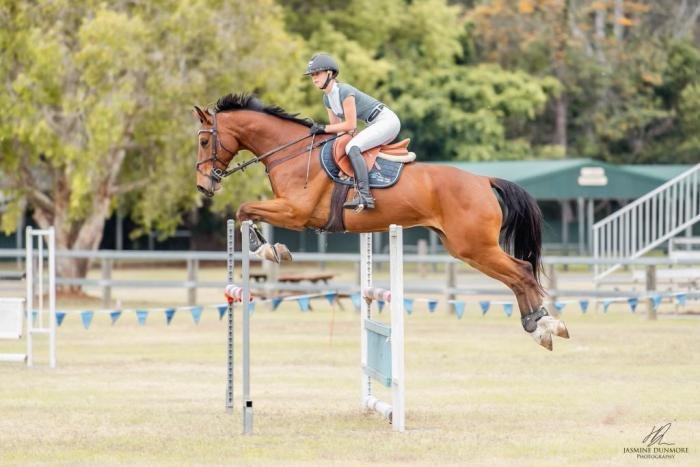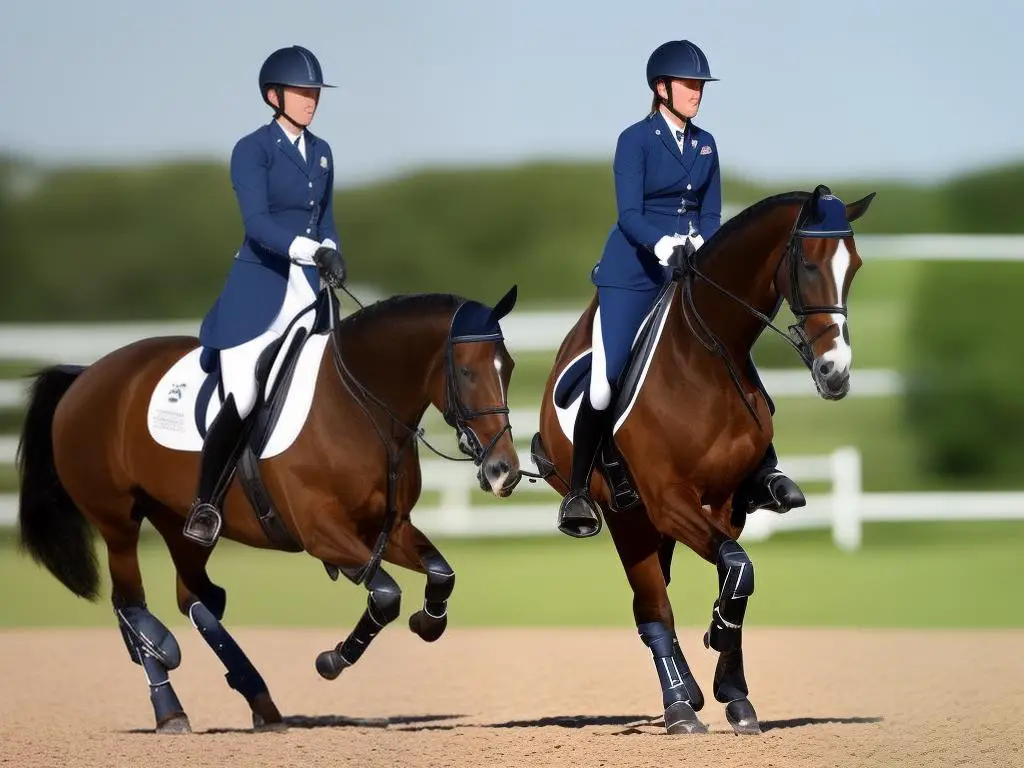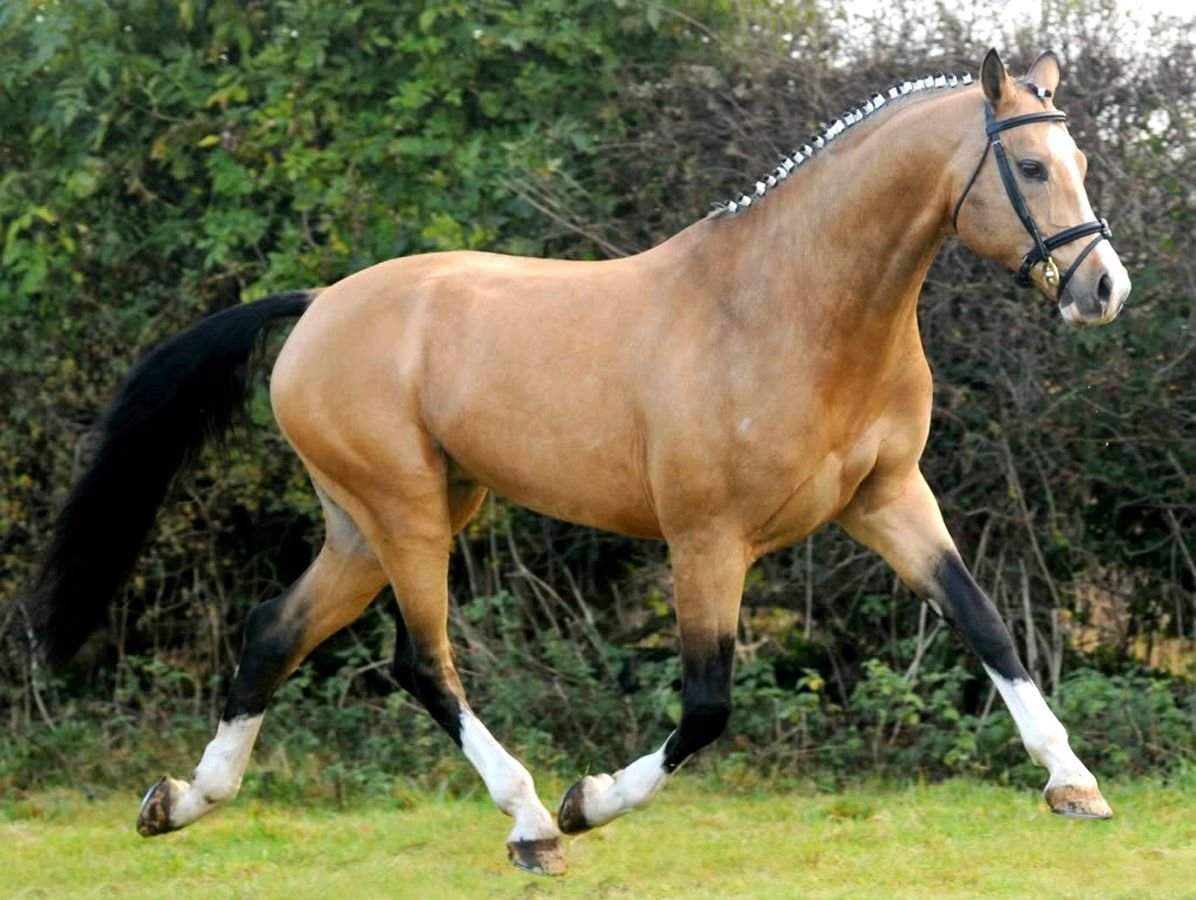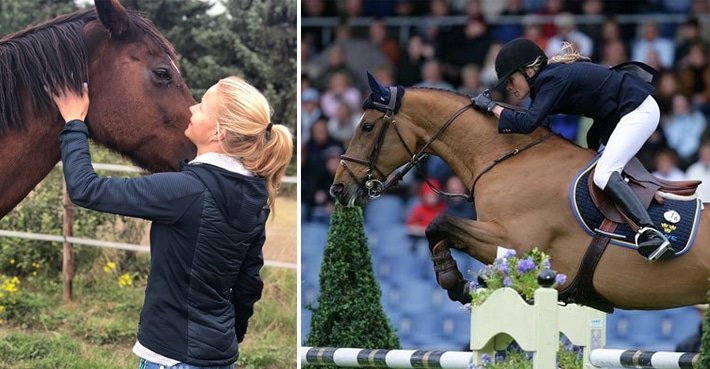Warmblood horses have become a cornerstone in modern equestrian competitions due to their exceptional athleticism, versatility, and trainable nature. Whether in dressage, show jumping, or eventing, warmbloods have proven themselves to be the ideal choice for both amateur and professional riders. These horses are specially bred for performance and excel in high-level competition. In this post, we’ll explore the crucial role warmbloods play in modern equestrian sports, highlighting their traits, performance, and dominance in the competition arena.
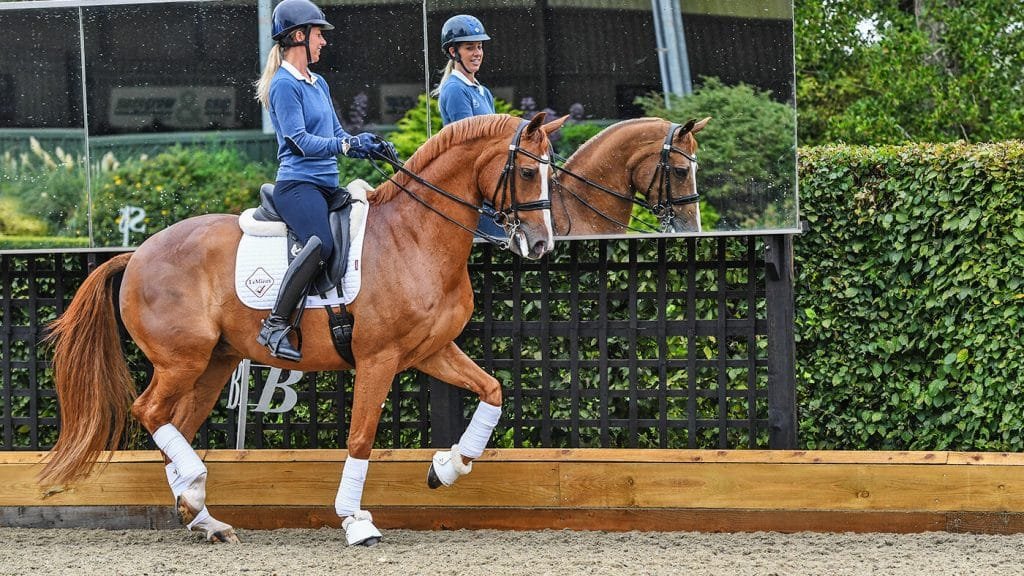
1. Athleticism and Performance
Warmbloods are renowned for their athleticism, which makes them perfect candidates for modern equestrian disciplines. These horses are bred with an emphasis on strength, stamina, and agility—qualities that are essential for success in competition. In disciplines like dressage and show jumping, warmbloods consistently outperform other breeds due to their natural ability to move fluidly, jump high, and respond to riders with precision.
In dressage, warmbloods are prized for their smooth and collected movements, which are essential for performing the intricate, high-level movements required in the sport. Their powerful hindquarters and strong back allow them to execute movements with great balance and fluidity, making them standout athletes in the ring. In show jumping, their quick reflexes, jumping technique, and efficient stride make them top performers in challenging courses, while their endurance and stamina make them well-suited for eventing, where they must display both agility and power over long distances and varied terrain.
2. Temperament and Trainability
Another defining characteristic of warmbloods is their temperament. These horses are typically known for their calm, willing, and friendly nature. This makes them ideal for riders of all levels, especially those who need a responsive and consistent partner in the competition ring. The warmblood’s trainability further enhances their appeal in modern equestrian competitions, as they respond well to structured training, positive reinforcement, and clear cues from their riders.
Their ability to learn quickly and their willingness to please make them highly adaptable to different disciplines, whether they are excelling in the dressage arena or clearing high fences in show jumping. A well-trained warmblood is not only a joy to ride but also a competitive advantage in the equestrian world, where precision and discipline are essential for success.
3. Dominance in Competitive Disciplines
Warmbloods dominate many modern equestrian competitions, particularly in disciplines that require a combination of power, grace, and precision. In dressage, warmbloods consistently lead the way in both national and international competitions, including the prestigious Olympic Games. Their ability to perform complex movements like pirouettes, flying changes, and piaffes has made them the preferred breed for top-tier dressage riders.
Similarly, in show jumping, warmbloods are often seen at the top of leaderboards. Their strong jumping ability, combined with intelligence and careful footing, allows them to navigate difficult courses with ease. Warmbloods are bred specifically to handle the physical demands of jumping while maintaining agility, power, and confidence.
In eventing, which combines elements of dressage, show jumping, and cross-country, warmbloods shine due to their versatility and stamina. They possess the strength to handle the rigorous demands of cross-country courses and the precision needed for dressage and show jumping phases. Warmbloods have long been the preferred breed for top eventers who need a horse that excels across all three phases.
4. Breeding Programs and Influence on Modern Equestrianism
The widespread success of warmbloods in modern equestrian competitions can be largely attributed to breeding programs designed to enhance performance. Breeders focus on producing horses with the ideal combination of strength, stamina, agility, and temperament that are necessary for success in sport. The selective breeding of warmbloods has created a breed that is not only versatile but also capable of excelling in multiple disciplines.
Warmblood breeding programs are highly regulated and often involve careful selection of both the sire and dam. The goal is to produce horses with desirable traits, such as a good work ethic, a willingness to learn, and the physical attributes necessary for competition. These programs ensure that the warmblood breed continues to evolve to meet the demands of modern equestrianism while maintaining the core characteristics that make them such exceptional athletes.
5. Global Impact on Equestrian Sports
Warmbloods have a global impact on the world of equestrian sports. With breeding programs established worldwide, warmbloods have spread across continents, becoming the go-to breed for competitive riders. From Europe, where the breed originated, to North America, Australia, and beyond, warmbloods dominate the competitive scene. Their presence at major international events such as the FEI World Cup and Olympics underscores their importance and prominence in the sport.
In addition to their dominance in Olympic-level competitions, warmbloods have also influenced the growth of equestrian disciplines at all levels. Their ability to perform at high standards has encouraged more riders to take up disciplines such as dressage, show jumping, and eventing, furthering the popularity and reach of these sports around the world.
Conclusion
Warmbloods play a vital role in modern equestrian competitions, with their athleticism, temperament, and trainability making them the preferred breed for top-level riders. Their dominance in disciplines like dressage, show jumping, and eventing is a testament to their natural abilities and the success of selective breeding programs that focus on producing versatile, high-performing horses. As the breed continues to evolve, warmbloods will undoubtedly remain at the forefront of competitive equestrian sports, shaping the future of the industry for years to come.







